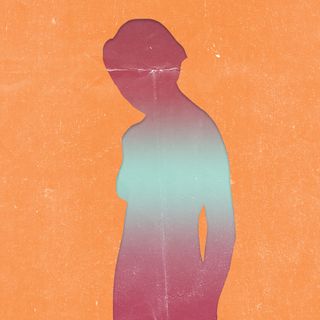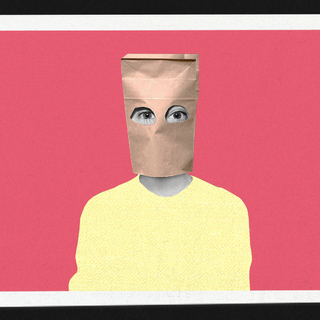A 30-year-old woman from Argentina, who was first diagnosed with HIV in 2013, has become the second documented person whose own immune system is believed to have “naturally” cured her of the infection.
The first documented case isn’t from too long ago either. Just last August, Loreen Willenberg from California, aged 66, became the first person ever to be cured of HIV without any medical intervention in the form of drugs or surgeries. The researchers studying her case believed some people’s bodies are simply capable of “block[ing] and lock[ing]” away the part of the genome that is infected by HIV.
Before these instances, medical science had managed to cure HIV twice. First, with the “Berlin Patient” in the 90s, who was prescribed a cocktail of drugs to prevent the HIV from replicating in his body, and halt disease progression. Second, with the “London Patient” in 2019, who underwent two bone marrow transplants, and an intensive round of chemotherapy and radiation.
The present case, however, neither involved drugs nor a bone marrow transplant — both termed “complex and dangerous,” not to mention, expensive. “I enjoy being healthy… I have a healthy family. I don’t have to medicate, and I live as though nothing has happened. This already is a privilege,” the 30-year-old said, commenting on her body curing itself.
Related on The Swaddle:
Six Shots a Year May Prevent HIV, Landmark Trial Suggests
To protect her identity, she has been dubbed the “Esperanza Patient” after the place in Argentina she’s from. Incidentally, in the English language, “esperanza” means “hope.” And the researchers do believe these two instances can bring hope to almost 40 million people worldwide, who are living with the virus.
“This gives us hope that the human immune system is powerful enough to control HIV and eliminate all the functional virus… Time will tell, but we believe she has reached a sterilizing cure… To bring what we learn from these patients to a broader patient population is our ultimate goal,” Xu Yu, an immunologist at the Ragon Institute of MGH, MIT, and Harvard, who co-authored a report on the “Esperanza Patient,” said in a statement.
Published in the Annals of Internal Medicine yesterday, the study by Yu and the team focused on how to replicate the “sterilizing cure,” as she called it.
“Now we have to figure out the mechanisms… How does this happen? And how can we recapitulate this therapeutically in everybody?” Steven Deeks, who is researching ways to cure HIV at the University of California, told NBC News. He was not involved in the present study.
“Curing HIV was always assumed to be impossible,” Deeks notes. Not anymore, it would seem.




